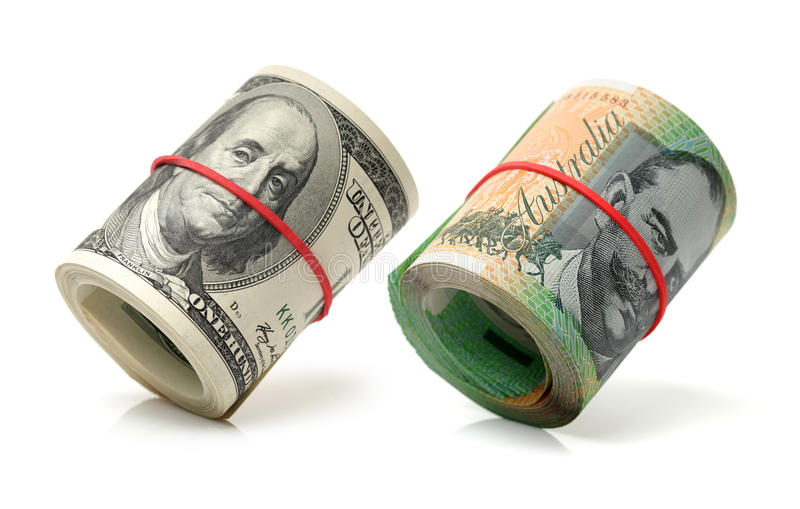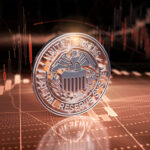Australian dollar rises on risk-on mood following the deferral of Trump’s reciprocal tariffs.
The Australian Dollar (AUD) rose against the US Dollar (USD) for the third consecutive day on Monday, aided by US President Donald Trump’s decision to postpone the application of reciprocal tariffs.
AUD may see pressure as the RBA largely expected to announce a rate drop on Tuesday.
The AUDUSD pair also benefits as the US Dollar (USD) declines. A dismal US retail sales report has revived talk that the Federal Reserve (Fed) may decrease interest rates later this year, notwithstanding Continued inflation concerns.
The AUDUSD pair’s gains may be limited as talk of a rate decrease by the Reserve Bank of Australia (RBA) on Tuesday grows. The RBA is likely to lower its Official Cash Rate (OCR) by 25 basis points (bps) to 4.10%, the first rate drop in four years.
Daily market uodate:Australian dollar rises as the US dollar falls, accompanied by lower Treasury yields.
The US Dollar Index (DXY), which analyzes the US Dollar’s performance versus six major currencies, is under pressure for the third straight day due to lower US Treasury yields. As of this writing, the DXY is around 106.70, with yields on 2-year and 10-year US Treasury bonds at 4.26% and 4.47%, respectively.
Weak US retail sales data has fueled anticipation that the Fed would decrease interest rates later this year.
Data from the US Census Bureau on Friday indicated that US retail Sales declined 0.9% in January, following a revised 0.7% increase in December (originally reported at 0.4%). This loss exceeded the market’s expectation of a 0.1% drop.
Core PPI inflation in the United States (US) increased to 3.6% year on year in January, beating the forecast 3.3% but slightly below the corrected 3.7% (formerly reported as 3.5%). This has bolstered expectations that the Federal Reserve (Fed) will postpone interest rate decreases until the second part of the year.
The US Consumer Price Index (CPI) increased 3.0% year on year in January, beating predictions of 2.9%. The core CPI, which excludes food and energy, rose to 3.3% from 3.2%, exceeding expectations of 3.1%. Monthly, headline inflation rose to 0.5% in January from 0.4% in December, while core CPI rose to 0.4% from 0.2% over the same period.
In his semi-annual report to Congress, Fed’s Powell said the Fed officials “do not need to be in a hurry” to cut interest rates due to strength in the job market and solid economic growth. He added that US President Donald Trump’s tariff policies could put more upward pressure on prices, making it harder for the central bank to lower rates.
A Reuters poll of economists now suggests the Federal Reserve will delay cutting interest rates until next quarter amid rising inflation concerns. Many who had previously expected a March rate cut have revised their forecasts. The majority of economists surveyed between February 4-10 anticipate at least one rate cut by June, though opinions There is still disagreement on the exact moment.
President Beth Hammack of the Federal Reserve Bank of Cleveland remarked that maintaining interest rates constant for an extended period of time will most likely be prudent.
On Tuesday, President Beth Hammack of the Federal Reserve Bank of Cleveland remarked that maintaining interest rates constant for an extended period of time will most likely be prudent. According to Reuters, Hammack highlighted that taking a patient approach will allow the Fed to analyze economic conditions and that the central bank is well-positioned to respond to any economic developments.
Following new inflation outlook data, dovish view toward the RBA rate drop has not changed. Consumer inflation expectations rose to 4.6% in February, up from 4.0% in January, marking the highest level since April 2024.









